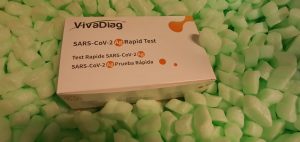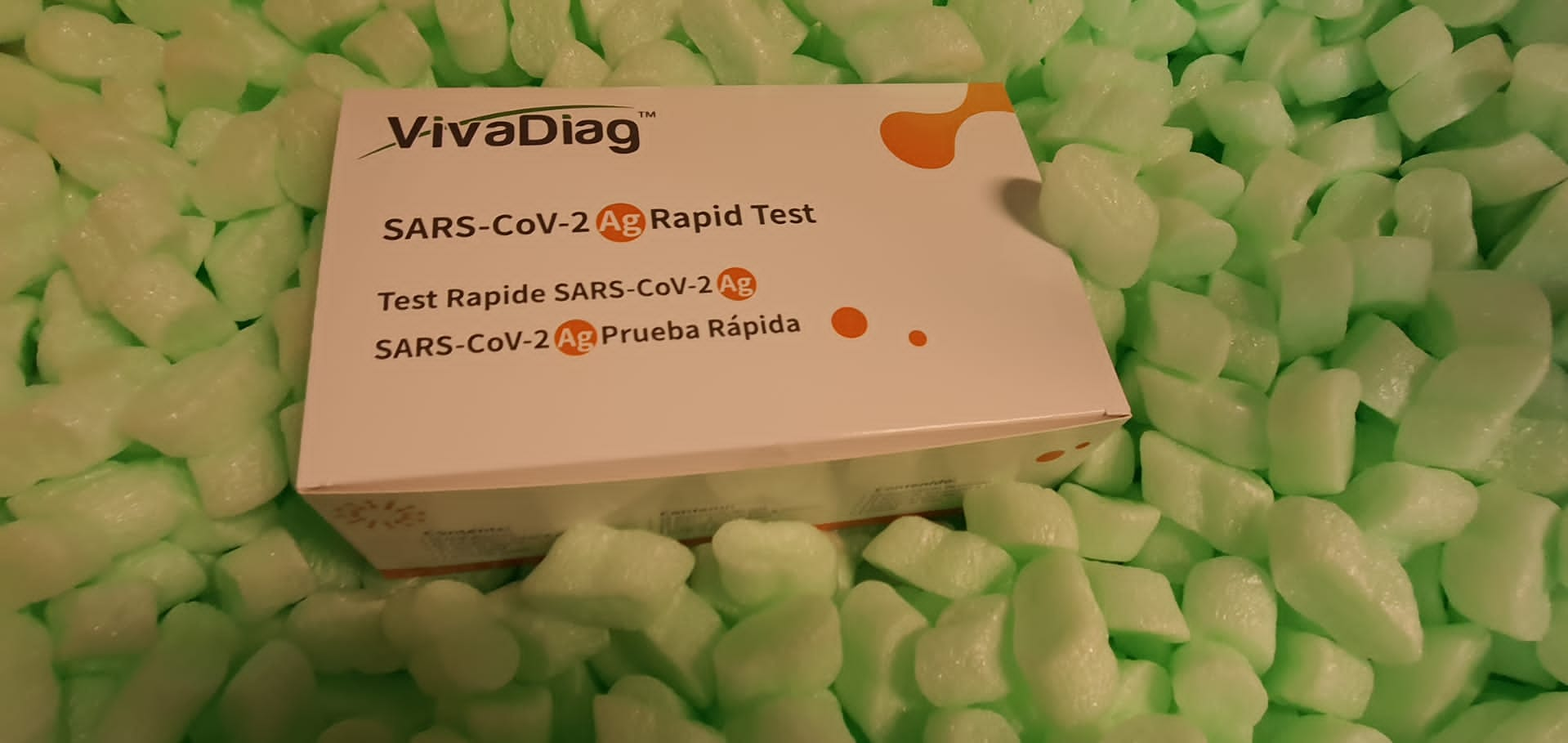A pattern of 185 West African cattle belonging to 9 totally different taurine, sanga, and zebu populations was typed utilizing a set of 33 microsatellites and the BovineHD BeadChip of Illumina. The data supplied by every sort of marker was summarized by way of clustering strategies and principal element analyses (PCA). The goal was to evaluate variations in efficiency between each marker varieties for the identification of inhabitants construction and the projection of genetic variability on geographical maps.
Usually, each microsatellites and Single Nucleotide Polymorphism (SNP) allowed us to distinguish taurine cattle from zebu and sanga cattle, which, in flip, would kind a single inhabitants. Pearson and Spearman correlation coefficients computed among the many admixture coefficients (becoming Ok = 2) and the eigenvectors akin to the primary two components recognized utilizing PCA on each microsatellite and SNP information had been statistically important (most of them having p < 0.0001) and excessive.
Nonetheless, SNP information allowed for a greater fine-scale identification of inhabitants construction inside taurine cattle: Lagunaire cattle from Benin had been separated from two totally different N’Dama cattle samples. Moreover, when clustering analyses assumed the existence of two parental populations solely (Ok = 2), the SNPs might differentiate a distinct genetic background in Lagunaire and N’Dama cattle.
Though the 2 N’Dama cattle populations had very totally different breeding histories, the microsatellite set couldn’t separate the 2 N’Dama cattle populations. Traditional bidimensional dispersion plots constructed utilizing components recognized by way of PCA gave totally different shapes for microsatellites and SNPs: plots constructed utilizing microsatellite polymorphism would recommend the existence of weakly differentiated, extremely intermingled, subpopulations. Nonetheless, the projection of the components recognized on artificial maps gave comparable photographs.
This may recommend that outcomes on inhabitants structuring should be interpreted with warning. The geographic projection of genetic variation on artificial maps avoids interpretations that transcend the outcomes obtained, notably when earlier info on the analyzed populations is scant. Components influencing the efficiency of the projection of genetic parameters on geographic maps, along with restrictions that will have an effect on the election of a given sort of markers, are mentioned.
Genome-Extensive Seek for SNP Interactions in GWAS Information: Algorithm, Feasibility, Replication Utilizing Schizophrenia Informationunits
On this research, we appeared for potential gene-gene interplay in susceptibility to schizophrenia by an exhaustive trying to find SNP-SNP interactions in three GWAS datasets utilizing our not too long ago revealed algorithm. The search house for SNP-SNP interplay was confined to eight biologically believable methods of interplay beneath dominant-dominant or recessive-recessive modes. First, we carried out our search of all pair-wise mixture of 729,454 SNPs after filtering by SNP genotype high quality.
All doable pairwise interactions of any 2 SNPs (5 × 1011) had been exhausted to seek for important interplay which was outlined by p-value of chi-square exams. 9 out the highest 10 interactions, protein coding genes had been partnered with non-coding RNA (ncRNA) which advised a brand new various perception into interplay biology apart from the regularly sought-after protein-protein interplay.
Due to this fact, we prolonged to search for replication among the many prime 10,000 interplay SNP pairs and excessive proportion of concurrent genes forming the interplay pairs had been discovered. The outcomes indicated that an enrichment of indicators over noise was current within the prime 10,000 interactions. Then, replications of SNP-SNP interplay had been confirmed for 14 SNPs-pairs in each replication datasets.
Organic perception was highlighted by a possible binding between FHIT (protein coding gene) and LINC00969 (lncRNA) which confirmed a replicable interplay between their SNPs. Each of them had been reported to have expression in mind. Our research represented an early try of exhaustive interplay evaluation of GWAS information which additionally yield replicated interplay and new perception into understanding of genetic interplay in schizophrenia.


